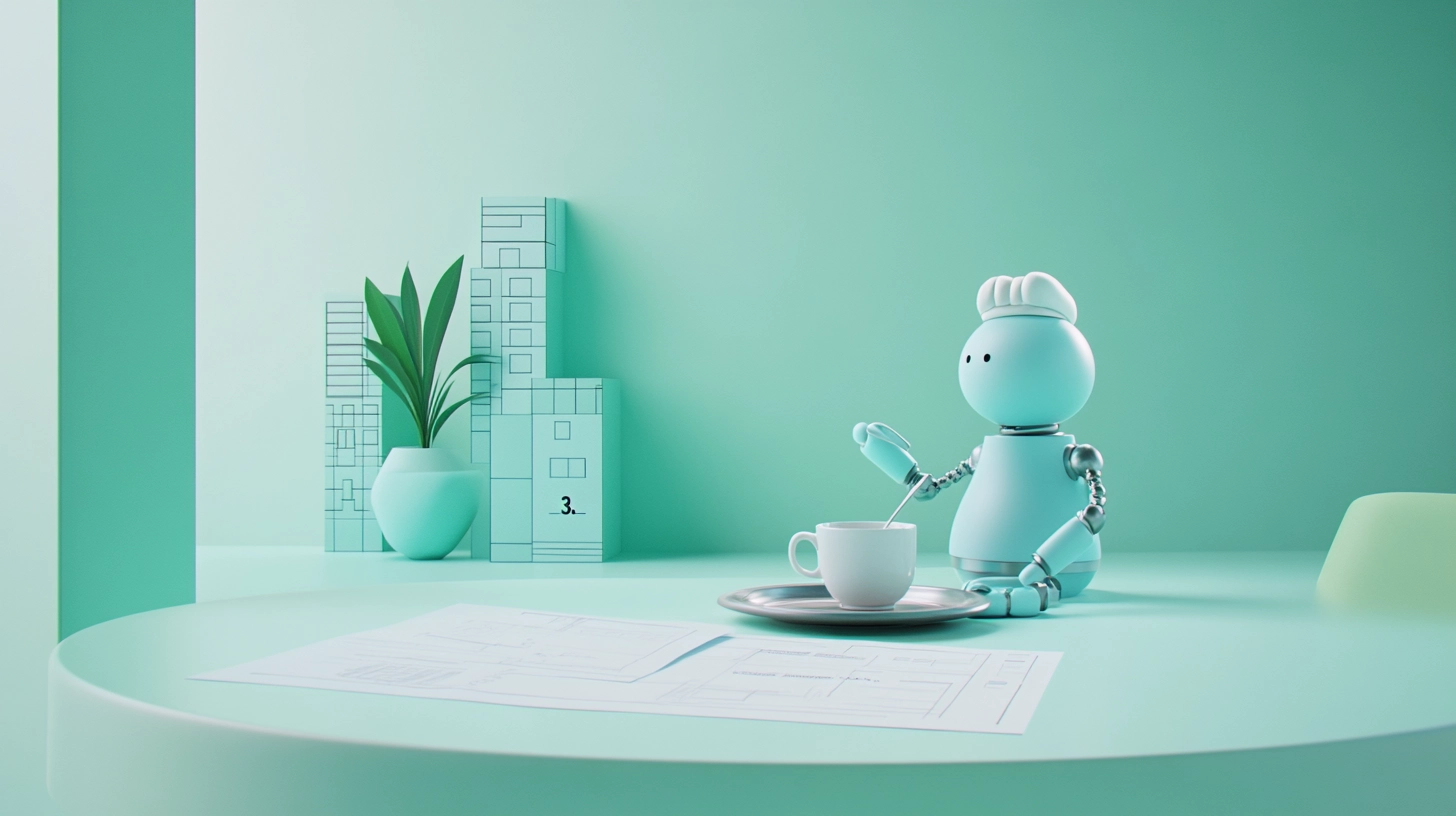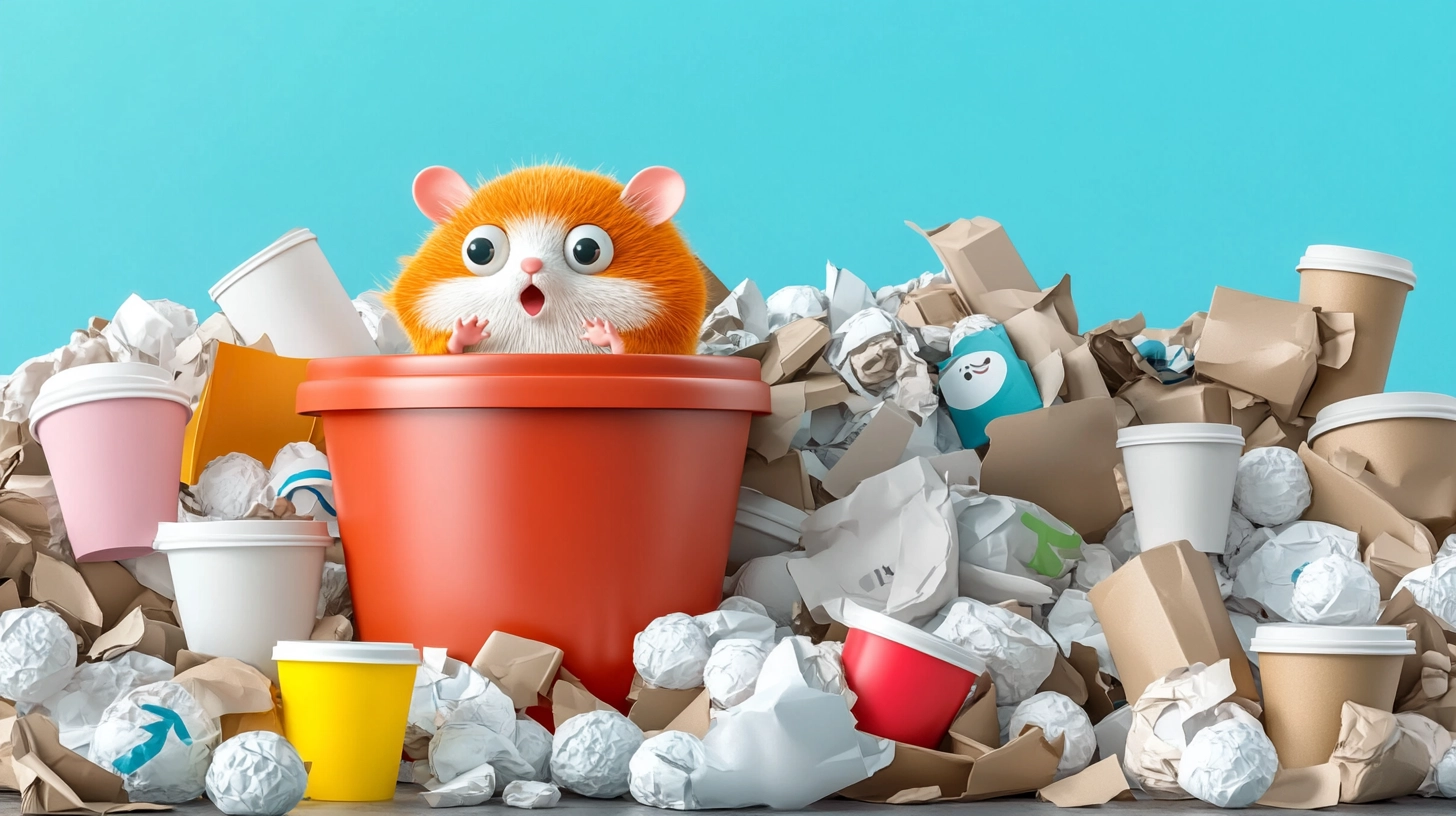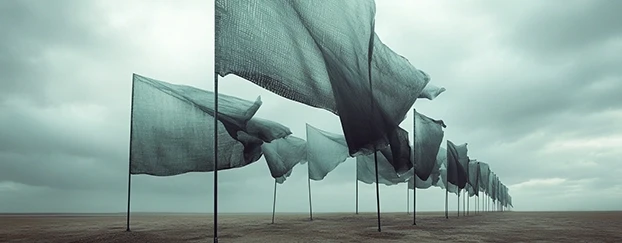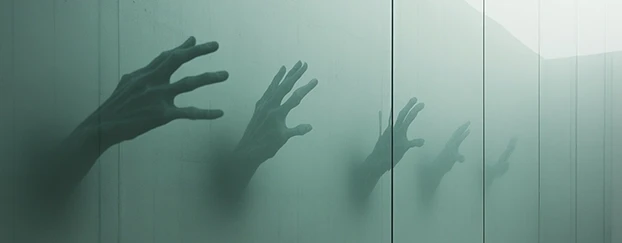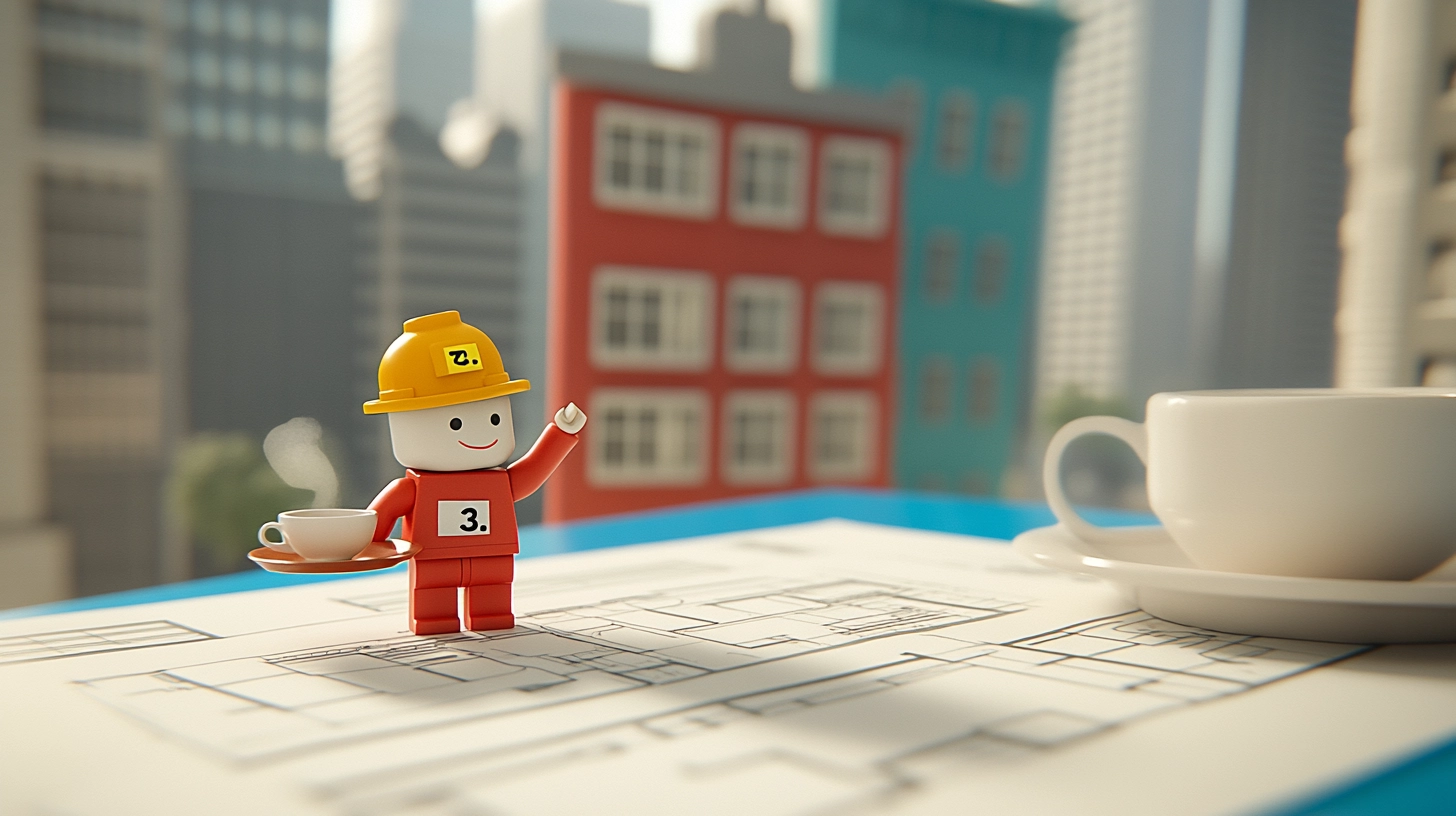
You know the cycle: juggling 12 tabs, “quick” revisions multiplying like rabbits, and your best ideas showing up after midnight. That’s the burnout path. The empire path looks boring from the outside—clear systems, reusable assets, time-boxed creativity—but it compounds. In a world of AI design tools, the winners aren’t faster at pixel-pushing; they’re better at reducing decision debt and shipping work that sells. If you’re ready to trade chaos for compounding, let’s map the upgrade—start at home to see what’s new, then pick a base from templates. For a deeper look at the root causes of creative fatigue, this UX case study on burnout adds helpful context: what’s really causing your burnout.
1) Burnout is mostly context overload, not a weak work ethic
Burnout hides in the glue work—finding assets, rebuilding layouts, re-exporting sizes, chasing sign-off. The fix isn’t “care more,” it’s remove friction. Centralize your core assets, decide once, reuse often. With a marketplace that combines templates and mockups under one roof, you cut tool-hopping, keep your visual language consistent, and protect attention for the high-leverage bits (concept, copy, strategy). Jump between mockups and search without breaking flow.
Test this on a small task—design → instant preview. Start from templates and drop into mockups in one session.
2) The empire mindset: productize your creativity
Top designers don’t sell hours; they sell outcomes packaged as repeatable offers. Build a personal “design OS” with reusable base files and instant visualization. If you can assemble a campaign in an afternoon—template → headline swap → mockup preview—you free days, not minutes. For speed, use devices and tech to render digital products and packaging for CPG visuals.
Need app shots or product renders? Start in devices and tech or packaging.
3) Tools don’t replace judgment—they protect it
The fear: “If I lean on AI, my work looks generic.” The reality: AI design tools remove grunt work so your taste can lead. Templates are a starting point—not a ceiling—and the mockup layer is where your concept earns buy-in. Draft structure with headers & banners, then sell the idea with print materials for realistic stakeholder previews.
Try a campaign trio in 30 minutes: banner → poster → IG story. Start in headers & banners, then visualize with print materials.
4) A time-saving stack for humans (not robots)
Here’s a simple, low-stress stack that respects your brain:
- Plan (15 min) — outcome, channels, sizes, must-have copy.
- Draft with structure (20–30 min) — start from templates to set rhythm and spacing.
- Sell with realism (15–20 min) — drop designs into mockups for instant clarity.
Tighten and ship (10–20 min) — quick A/B on headlines and hierarchy, export, move on.
Want to practice without spending? Grab something from free and run the 4-step sprint.
5) Workflow patterns that scale a studio (even if it’s just you)
Burnout creeps in when every job feels “from scratch.” Systemize:
- Named packages, fixed scope: e.g., “Launch Lite: 5 graphics + 3 mockups.”
- Asset libraries by niche: F&B, apparel, SaaS—so you start in context.
- “One day, one outcome”: constrain time; let quality come from smart constraints
Build niche kits fast: pull visuals from apparel and pair with on-brand layouts from food & beverage.
6) From “portfolio pieces” to repeatable revenue
Empires are built on repeatable wins. Turn every campaign into a kit you can resell or re-deploy:
- Case study assets: before/after visuals rendered in mockups.
- Creative testing: quick variant previews without new photoshoots.
- Offer ladders: Free sample → Starter pack → Retainer.
Measure margin, not heroics. Price outcomes confidently and point prospects to pricing when ready. For a wider view on causes and remedies, this summary of creative burnout in designers is a solid reference: causes and remedies.
Package your next project into a mini-kit and direct prospects to pricing.
7) Guardrails to avoid the “AI sameness” trap
- Lead with strategy: message, audience, channel first.
- Customize on the edges: type scale, spacing, contrast—not just color swaps.
- Mix formats: pair a polished hero with scrappier, story-driven variants to keep it human.
Show in context: realistic previews beat flat artboards.
Keep work fresh with timely drops from seasonal & holiday, and support brand systems with office and stationary when you need stationery, cards, and office scenes.
Final thought (and a gentle dare)
You don’t fix burnout by grinding smarter; you fix it by choosing fewer, better defaults—and letting tools handle the boring parts. Use AI design tools to protect your taste, tighten your scope, and package outcomes that clients understand (and reorder). Empires are built on calm repetition, not adrenaline. Grab a file from free, ship one small win today, and let the compounding begin.

